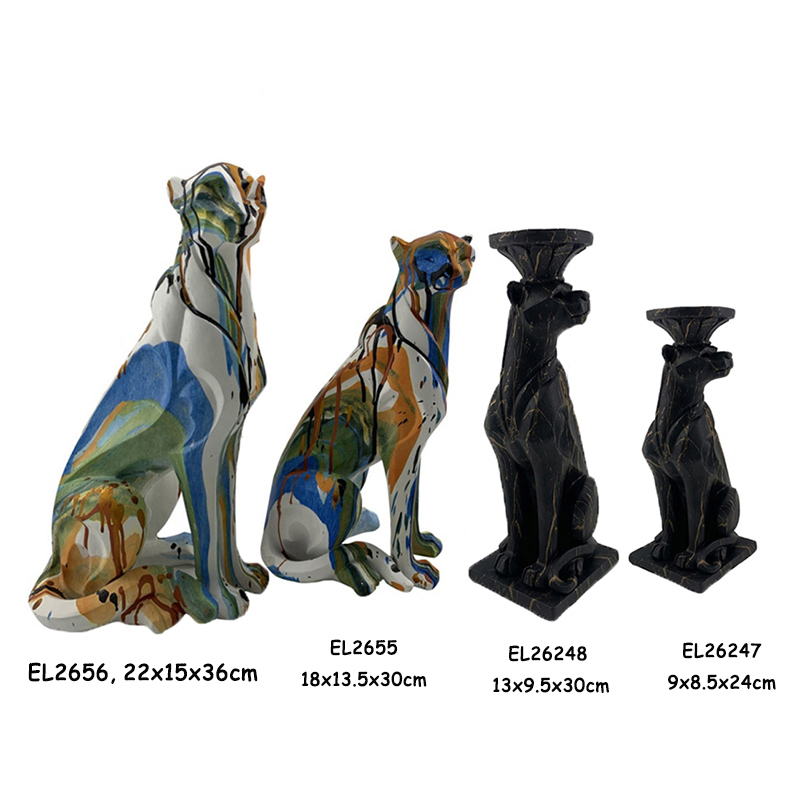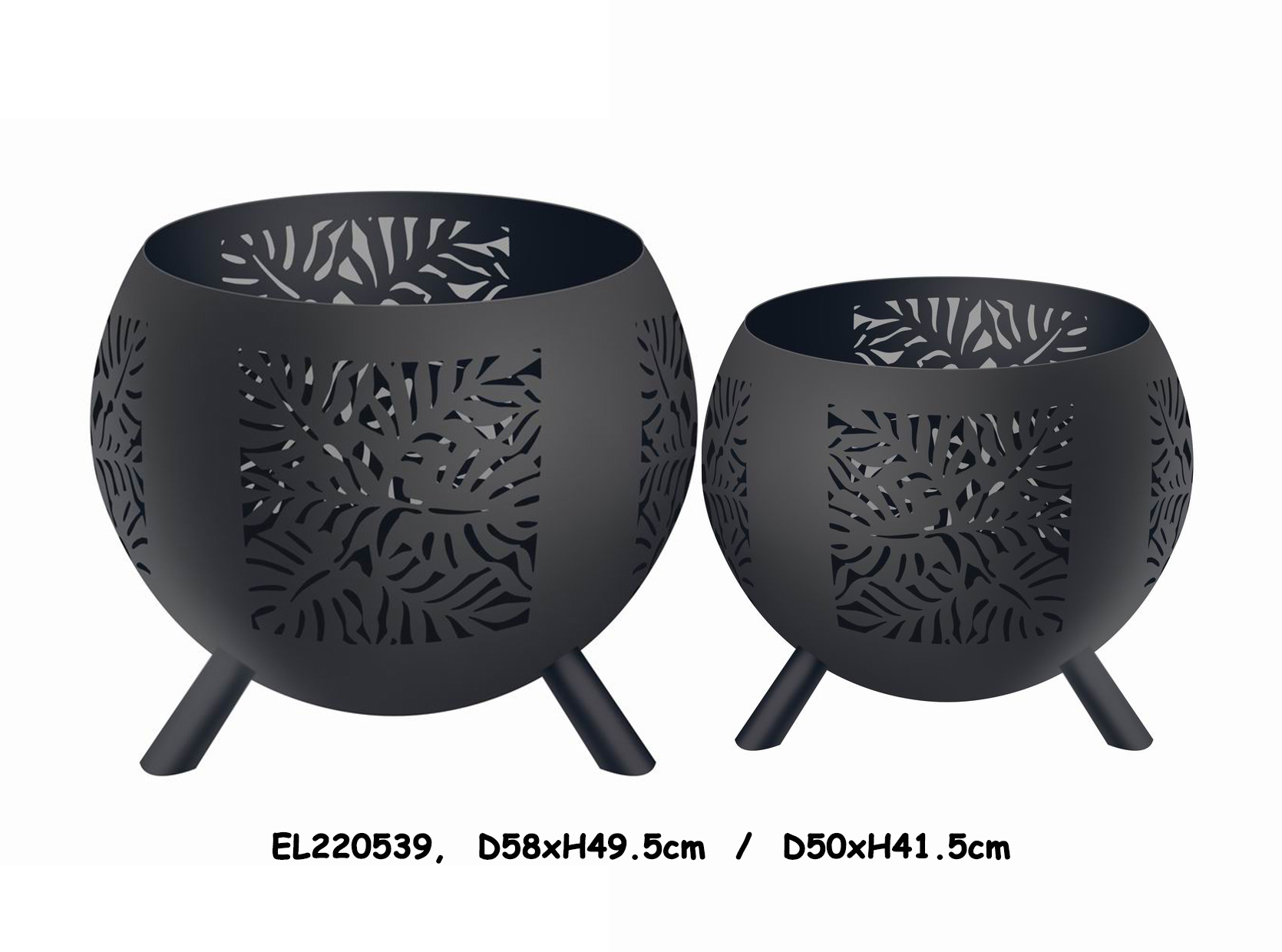ST. PETERSBURG — Need some design inspiration? Check out the new exhibition at the Museum of the American Arts and Crafts Movement.
“Dignity and Grace: These Humbler Metals” starts with a rare object designed by Frank Lloyd Wright: a round copper urn decorated with geometric shapes. It would have rested on the top of the banister of the staircase in a residence he also designed: the Edward C. Waller House in River Forest, Illinois, circa 1899. Yoga Animals statues

It’s the perfect introduction to an exhibition that showcases the complete attention to design in even the most mundane objects.
The show features more than 300 objects that belong to the collection of the Two Red Roses foundation and was curated by Rudy Ciccarello, president of the foundation and founder of the museum. It includes new acquisitions, like Wright’s urn.
As the title indicates, the “humbler” metals are copper, bronze and iron, rather than silver or gold. But the objects don’t feel humble at all. Design is at the forefront in desk sets, smoking accessories and even the hinges on furniture. In this current era of mass-produced items, it feels like we ought to take a page from this period.
There is no better example of this notion than in a display simulating an office at the Graybar Building in Manhattan, where advertising company J. Walter Thompson moved in as a tenant in 1927. Helen Lansdowne Resor, the firm’s president, commissioned designers to create interiors of specific offices.
Samuel Yellin, the foremost ironsmith of the 20th century, was commissioned to create a number of wrought iron pieces, including the office partitions. The one that surrounds this office feels light and airy, with narrow spiraled bars topped with arrows and birds, encasing frosted glass windows for privacy. One would feel way more inspired in that setting than in a regular office cubicle.
Subscribe to our free Top 5 things to do newsletter
Want more of our free, weekly newsletters in your inbox? Let’s get started.
More of Yellin’s work is featured, with a wrought iron gate casting intricate shadows on the wall, flanked by wall sconces with a chandelier fit for a castle — it’s capped with different dragons — hanging in the center.
Lighting factors heavily into the exhibition, which is especially interesting because people were transitioning into electric lamps during the Arts and Crafts period.
A grand example is the Monumental Lantern from the entrance of the porte cochere of the Robert R. Blacker House in Pasadena, California, circa 1908. The home and the lantern were designed by Charles Sumner Greene and Henry Mather Greene, who also incorporated a system of exterior lanterns, one of which is also on display.
Since electric lighting was new and incredibly bright for people, efforts to diffuse the light were made. Designers used colored glass, fabric and painted metal screens to soften the light, creating functional works of art.
During the Arts and Crafts period, people were interested in trying their own hand at making things, so magazines would publish instructional lessons on metalsmithing. Copper was abundant and inexpensive then, so it was common for people to make things at home.
Another section details how furniture makers the Stickley Brothers opened their own copper shop to make the hardware for the furniture. Going beyond hinges and pulls, the shop started manufacturing a full line of copperwares to adorn interior spaces.
From the copper objects complementing the furniture, to the soft glow of the lighting and the intricacy of the wrought iron, the exhibition reminds us that there was a time when design really mattered. It’s a nice retreat that can motivate you to surround yourself with beauty.
“Dignity and Grace: These Humbler Metals” is on view now, with a closing date yet to be determined. Museum of the American Arts and Crafts Movement, 355 Fourth St. N, St. Petersburg. $20-25. 10 a.m.-4 p.m. Tuesday-Saturday, noon-4 p.m. Sunday. There is an onsite garage for $1 per hour as well as street parking. 727-440-4859. museumaacm.org.
Maggie Duffy is an art and dining reporter, covering Tampa Bay’s arts scene and the next new place to eat. Reach her at mduffy@tampabay.com.

New Design Final collection The Tampa Bay Times e-Newspaper is a digital replica of the printed paper seven days a week that is available to read on desktop, mobile, and our app for subscribers only. To enjoy the e-Newspaper every day, please subscribe.